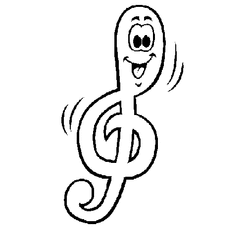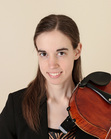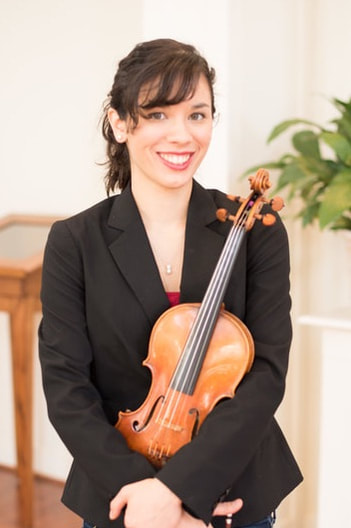In teaching violin, I also teach music theory and history, even for the youngest students. It's important to learn how to read and eventually how to analyze music to develop a deeper understanding of how to interpret and perform it. It's also important to learn the history of a piece - to learn the stories of the many composers who have written music for us and to learn how different styles of music have evolved and developed over the years.
So, what does this look like in violin lessons? It depends on the age of the student. With my youngest students, it means a lot of coloring.

I find that this generally complements their school curriculum. For example, a lot of the rhythmic exercises I have students do correspond very well with math and strengthens their skills, especially in fractions.

I also suggest to parents that they purchase albums targeted for kids, such as the Classical Kids series. These great programs introduce the composer through a kid-friendly story with the composer's music as a soundtrack. Here's the link to Beethoven Lives Upstairs, on iTunes! Parents can do a lot to help their kids learn - even just tuning their car radio to 90.9 FM in DC, the classical station, is a big step in the right direction!
Once students are familiar with the stories of the major composers and their music, I gradually get more specific - they learn to associate composers with different eras of music. The eras of music, by the way, match up with the major historical periods - Medieval, Renaissance, Baroque, Classical, Romantic, Modern. Music history and knowing the composers gives students an extra boost in history class at school.
Taking violin lessons is more than just learning to play violin. It's about building skills that will carry over into all parts of a student's life, developing confidence and artistry, and taking one's own place in the wonderful and ever-evolving tradition that is Western classical music.


 RSS Feed
RSS Feed